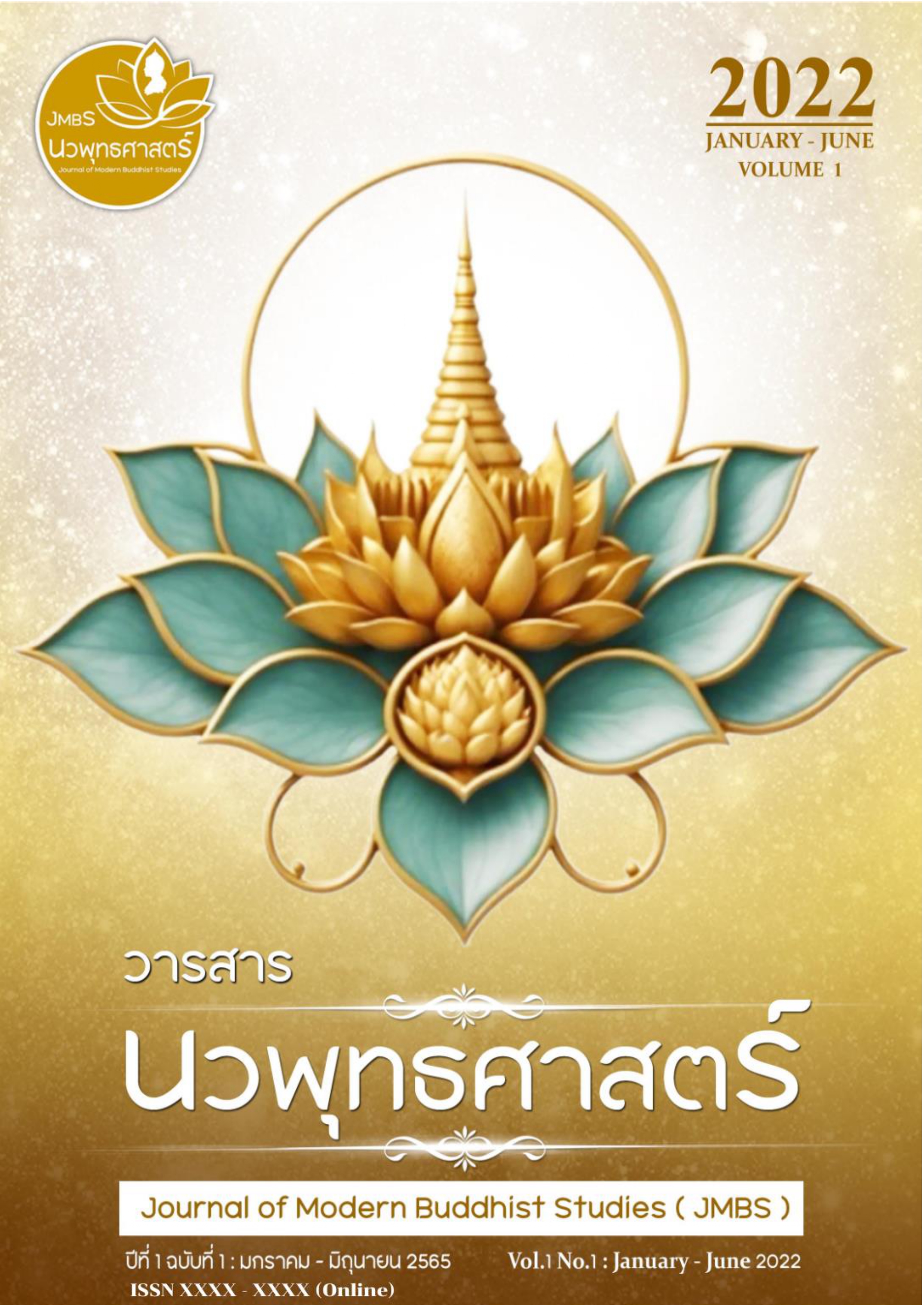INSTILLING VIRTUES THROUGH BUDDHIST PRINCIPLES FOR STUDENTS
Keywords:
Moral cultivation, Buddhist principles, studentsAbstract
The cultivation of morals and ethics in educational institutions is a crucial factor in developing youth into good citizens who are happy in society. Education should not only be about transmitting knowledge but also about fostering desirable traits from a young age, which is a critical period for physical and mental development. Children in this age group need love and acceptance from their parents and peers. Building a positive attitude in children through training from both families and schools is essential for developing social skills and the ability to differentiate between right and wrong. Integrating Buddhist principles into the teaching process can help address ethical issues that children face in a rapidly changing society. Promoting seven key virtues—diligence, frugality, honesty, discipline, politeness, cleanliness, and unity—should be done alongside developing skills in reading, writing, and arithmetic to prepare them for life in a competitive environment. Assessment of learning should be diverse and reflect behaviors that demonstrate the developed virtues. The school atmosphere must encourage these values, with active involvement from parents and the community. Teacher training in moral education is necessary for effective learning, and using mass media to promote virtues can further reinforce good behavior in children. Raising awareness of the values of the Sufficiency Economy Philosophy and democracy will positively impact sustainable moral development. Cooperation among families, schools, and religious institutions is key to creating youth with strong morals and ethics, enabling them to grow into responsible adults who contribute to societal development.
References
กระทรวงศึกษาธิการ. (2550). 8 คุณธรรมพื้นฐาน. กรุงเทพมหานคร: สำนักงานเลขาธิการสภาการศึกษา.
ดวงเดือน พันธุมนาวิน. (2544). การพัฒนาจริยธรรม. กรุงเทพมหานคร: สถาบันวิจัยพฤติกรรมศาสตร์ มหาวิทยาลัยศรีนครินทรวิโรฒประสานมิตร.
บีนา กุตติพารามบิล. (2562). พัฒนาเยาวชนให้พร้อมรับมือกับอนาคตได้อย่างมั่นใจ. [ออนไลน์]. แหล่งที่มา: https://www.unicef.org/thailand/th/.
ป๋วย อึ้งภากรณ์. (2545). ทัศนะว่าด้วยการศึกษา. กรุงเทพมหานคร: สำนักพิมพ์มูลนิธิโกมลคีมทอง.
พรพิทักษ์ เห็มบาสัตย์. (2563). แนวทางการปลูกฝังคุณธรรมและจริยธรรมในสังคมไทย. วารสารด้านการบริหารรัฐกิจและการเมือง. ปีที่ 9 ฉบับที่ 2 (พฤษภาคม-สิงหาคม).
พระพรหมคุณาภรณ์ (ป.อ. ปยุตฺโต) (2550). พจนานุกรมพุทธศาสตร์ ฉบับประมวลธรรม. พิมพ์ครั้งที่ 15. กรุงเทพมหานคร: สำนักพิมพ์จันทร์เพ็ญ.
พระมหาอนันต์ องฺกุรสิริ. (2561). คุณธรรมจริยธรรมกับการพัฒนาผู้เรียนในยุคไทยแลนด์ 4.0. วารสารนวัตกรรมการศึกษาและการวิจัย. ปีที่ 2 ฉบับที่ 2 (พฤษภาคม- สิงหาคม).
พระสมุห์ประสิทธิ์ ปสิทฺธิโก. (2560). การส่งเสริมคุณธรรมและจริยธรรมในสถานศึกษา สังกัดสำนักงานเขตพื้นที่การศึกษาประถมศึกษาอุบลราชธานี เขต 2. วิทยานิพนธ์ครุศาสตรมหาบัณฑิต. สาขาวิชาพุทธบริหารการศึกษา: มหาวิทยาลัยมหาจุฬาลงกรณราชวิทยาลัย.
สมชาย รัตนทองคํา. (2550). เอกสารประกอบการสอน 475 959 การสอนทางกายภาพบำบัด. ขอนแก่น: คณะเทคนิคการแพทย์ มหาวิทยาลัยขอนแก่น.
สำนักงานราชบัณฑิตยสภา Office of the Royal Society. (2552). บทวิทยุรายการ “รู้ รัก ภาษาไทย”. สถานีวิทยุกระจายเสียงแห่งประเทศไทย.
สำนักงานเลขาธิการสภาการศึกษา กระทรวงศึกษาธิการ. (2550). คุณธรรมพื้นฐาน 8 ประการ และภาคปฏิบัติ. กรุงเทพมหานคร: สำนักพิมพ์แห่งจุฬาลงกรณ์มหาวิทยาลัย.
สุทิน พานิชย์. (2564). การพัฒนาคุณธรรมจริยธรรมของประชาชนเจนเนอเรชั่นวายตามแนวคิดทางสังคมวิทยา. ภาวนาสารปริทัศน์. ปีที่ 1 ฉบับที่ 1 (มกราคม- เมษายน).
สุนีย์ ภู่พันธ์. (2546). แนวคิดพื้นฐานการสร้างและการพัฒนาหลักสูตร. เชียงใหม่: โรงพิมพ์แสงศิลป์.
อมราวรรณ แสงนิล และ นพดล เจนอักษร. (2559). บทบาทการบริหารกิจกรรมพัฒนาผู้เรียนกับคุณภาพนักเรียนในโรงเรียนสังกัดสำนักงานเขตพื้นที่การศึกษามัธยมศึกษา เขต 9. วารสารการบริหารการศึกษา มหาวิทยาลัยศิลปากร. ปีที่ 6 ฉบับที่ 2 (มกราคม - มิถุนายน).

Downloads
Published
How to Cite
Issue
Section
License

This work is licensed under a Creative Commons Attribution-NonCommercial-NoDerivatives 4.0 International License.





